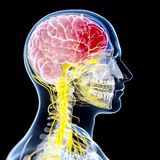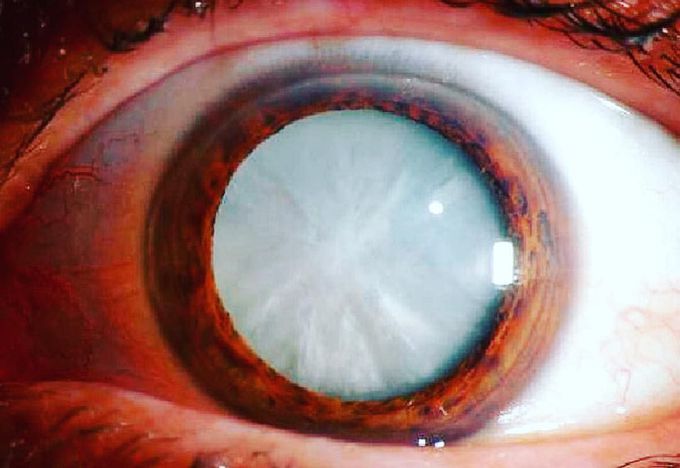


Dense white mature cataract
The most clear magnified view of a dense white mature cataract! •Cataract: Cataract means clouding of the lens in the eye that affects vision. The human lens is composed of proteins arranged in a specific way to keep it clear and allow light to pass through. It then focuses all the light to the retina, which then sends signals to the fovea centralis (in the macula lutea) and optic nerve to produce vision. As we age, however, it is believed that those proteins clump together, causing a "cloud" to form. When the lens becomes opaque, or cloudy/foggy, most of its refractory properties are lost and light has a difficult time getting through. This adulterates the signals sent to the receptors, resulting in vision described as if looking through a steamy mirror or foggy window. Most cataracts are slow and due to aging. It can also be formed by disease such as diabetes, smoking/alcohol use, and prolonged exposure to UV sunlight. •Signs and sumptoms: Common signs and symptoms include cloudy/blurry vision, complaint of faded colors, double vision in one or both eyes, poor night vision. A halo around the pupil may also be found upon physical examination. •Treatment: Treatments most often include lens replacement. During cataract surgery, the cloudy lens is removed or cleaned out and replaced by a clear man made lens. Most cataract surgeries are done with a technique called phacoemulsification, also called "small cut cataract surgery."

